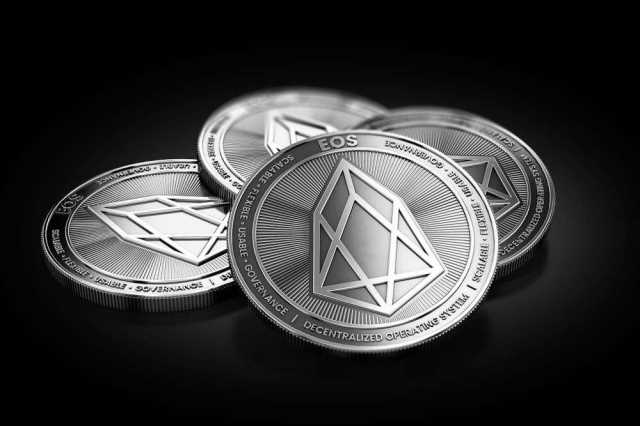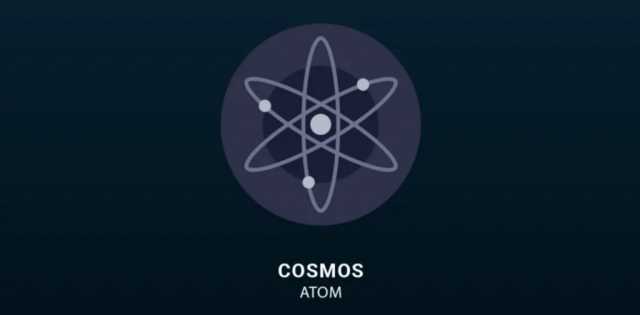
As I mentioned earlier, the EOS VS ETH debate is something that divides opinions. In this EOS VS Ethereum guide, I am going to start by explaining the basics of each project, followed by an overview of how each blockchain performs. This will include things such as transaction times, transaction fees and scalability.
DAPP Stats on EOS vs Ethereum

In terms of market capitalization, Ethereum is far ahead of EOS. However, when we look at the technology, we get a very different picture. Hence, a 3-second target block time (and 5s actual block time) may be quite viable. As usual, we’ll be more conservative at first and not take things that far, but a block time of 12s does nevertheless seem to be very much achievable. The problem with dapp volume is similar to the problem with trying to measure “activity” through transactions or operations.
Is This Officially a Crypto Bull Run?
EOS improves on several aspects of Ethereum, such as scalability and transaction speeds. However, EOS has its fair share of critics who deem it to be too centralized. BTC dropped 6%, with ether (ETH), Solana’s SOL, Cardano’s ADA and dogecoin (DOGE) falling over 5%. Xrp (XRP) showed relative strength with a 3.4% decline, while Tron’s TRX was the best performer among majors with a 2% drop. Let’s start with the spot Ethereum ETFs, because these are currently getting all the attention from crypto investors.
A Comprehensive Guide to Pump.fun: The Ultimate Platform for Meme coins on Solana
The purpose of this guide is not to choose a winner, but to provide you with the necessary information to make an informed decision. Because of this, Solidity is also quite appealing for newer smart contract developers. However, developers can use any programming language with a compiler capable of converting its bytecode to WebAssembly. Therefore, quite like Solidity, smart contracts in EOS are also ideal for beginners. As such, CoinGlass data shows open interest on bitcoin futures is down to $31 billion from Monday’s $34 billion as the asset’s prices dropped – indicating waning sentiment among traders.
EOS vs Ethereum: Comparison for Investors
- The EOS platform provides a series of services that allows you to create and execute smart contracts.
- Active addresses normally represent accounts that have performed some type of action in a set interval of time.
- The Ethereum network sought to solve these problems with smart contracts and Ethereum essentially works as a decentralized platform for developing and running decentralized applications (DAPPs).
- Whilst you’ve most probably heard of Ethereum, you might not have heard of its smart contract rival, EOS.
- This is because there is a limit of 21 block producers (BP) at any given time.
Despite its ups and downs, Ethereum has managed to stay one of the strongest assets of 2023, with a market cap of $225B. At the time of writing, one ETH is $1,870, as per CoinMarketCap. In 2016, however, the system was hacked; $60 million was stolen via a dApp designed to be a venture capital fund, The DAO. As a result, Ethereum Classic (ETC) was created and the Ethereum blockchain split. Now Daniel Larimer is the CTO at Block.One, which is the organisation that owns EOS. He believes that decentralised apps cannot compete with centralised apps until they can perform better than them.
EOS VS Ethereum: A Potential Ethereum Killer!
You can buy Waves or read more about the project in our Bitcoin vs Waves article. Meanwhile, EOS is already able to serve up to 10,000 transactions per second, — at least according to EOS is eos better than ethereum developers. On the surface, this looks better, but what if we want to serve EOS in the IoT world, where would we have to deal with up to hundreds of thousands of transactions per second?

When Satoshi Nakamoto created Bitcoin and Blockchain technology as a truly decentralised point-to-point payment system, many wondered whether the system could be used for other processes as well. Ethereum’s creator, Vitalik Buterin certainly believed so and went on to create the world’s first smart contract platform. At this stage we can only speculate regarding the future success of either platform, however, we can analyze the factors that will allow one platform to come out on top. Ethereum, EOS, and TRON are all blockchain platforms designed to support smart contracts and Dapps. What this means is that EOS remains well positioned to host a diverse range of DApps especially those that require a large amount of resources.
Ethereum Price Gains Table
EOS should be a preferred destination for developers given that it has no limitations on the type of programming language that people can use to develop applications. Ethereum allows developers to create applications using its native programming language Solidity. The requirement has significantly stifled Ethereum’s adoption given that not all developers are fond of the programming language. However, given that it is a new project, it has gone a notch higher and leveraged recent technological advancements as it looks to gain a competitive edge. The new technology should allow EOS to process a higher volume of transactions compared to Ethereum and at a much faster rate.



















